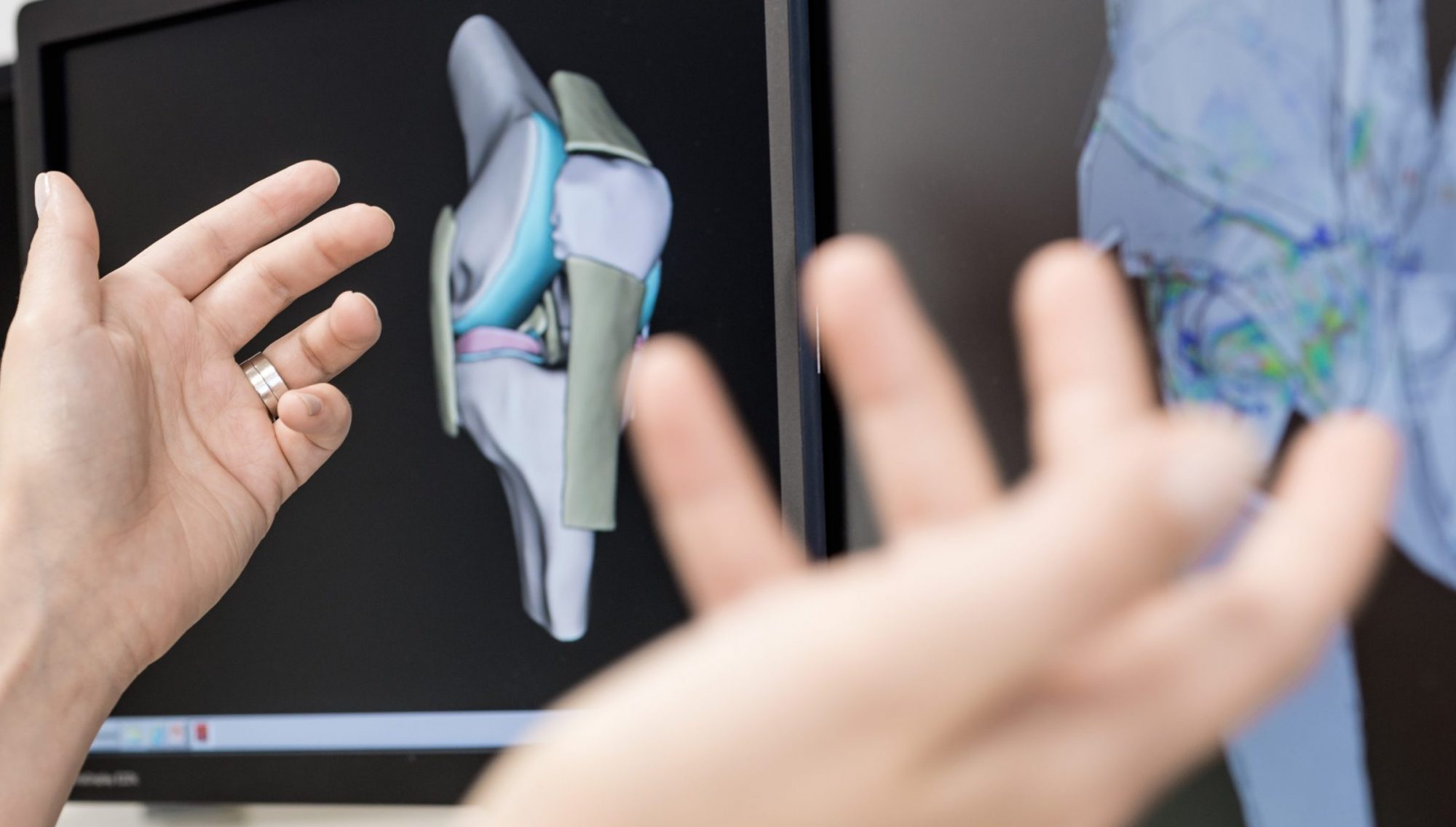Keynote speakers
Professor Silvia Conforto, Roma Tre Univeristy, Italy
“Lower limb neuromechanics”
Modularity is one of the recent explanations of the ability to manage the redundancy of the degrees of freedom of the actuators for the execution of the movement. The CNS does not control each muscle independently, but controls groups of muscles, activating them according to the biomechanical needs of a specific motor task. Muscle synergies are the elements on which the CNS develops internal models in order to simplify motor control. Few control signals can explain a complex pattern of muscle coordination. The report tries to explain how the modular approach can help to explain mechanisms of control, adaptation and recovery of movement and facilitate the functional assessement, with particular reference to motor tasks in which the lower limbs are involved.
Professor Jari Hyttinen, Tampere University, Faculty of Medicine and Health Technology, Finland
“Body on-chip systems for future personalized medicine”
Precision medicine emerges on the use of novel personal data. In-vitro cell and tissue models are emerging to offer patient cellular and organ functions to test drugs or to model diseases in test tubes. Human induced pluripotent stem cells (hIPSC) derived from patient own cells provide means to produce most cell types and thus provide means to make patient specific in-vitro models of patient cells and tissues. These models integrate in addition to cell technologies, many biomedical engineering technologies from biomaterials, microfluidics to bioimaging. In addition, computational “in-silico” models can be used to augment our understanding of the biological functions and the diseases or drug effects.
We are in process to upgrade our 2D in-vitro cell culture models to 3D body-on-chip platforms including environmental control and functional sensing methods. For example, we have developed methods to assess the cellular functions based on electrophysiological sensing and developed imaging methods to assess functions of hIPSC cardiac cell with simultaneous assessment of electrophysiology such as Calcium and voltage transients as well as mechanobiology in vitro. Further, we have developed in-silico models of various cellular function including multi-cell-type neuronal networks and in-silico population models of the hIPSC cardiomyocytes. We have also demonstrated the power of in-silico as possible pre-screening method for drug effects prior to in-vitro examinations using populations of models concept generating thousands of cell models in computer.
With integration of novel engineering we have demonstrated the power of combined in-vitro and in-silico methods for future precision medicine.
Associate professor Petri Ala-Laurila, Aalto University, Finland
“Quantum Behavior: Resolving Neural Coding from Single Photons to Visually-guided Behavior”
All sensory information – like what we see, hear and smell – gets encoded in the spike trains by sensory neurons and sent to the brain. Due to the complexity of neural circuits and the difficulty of quantifying complex animal behavior, it has been exceedingly hard to resolve how the brain decodes these spike trains to drive behavior. We now measure quantal signals originating from sparse photons by electrophysiology through the most sensitive neural circuits of the mammalian retina and correlate the retinal output spike trains with precisely quantified behavioral decisions. We do this by utilizing a combination of electrophysiological measurements on the most sensitive retinal ganglion cell types and a novel deep-learning based tracking technology of the head and body positions of freely-moving mice. We show that behavioral relies on information from the retinal ON pathway, carried by increases in spiking, even when information from the OFF pathway, carried by decreases in spiking, would allow higher sensitivity. The results have several fundamental consequences for understanding how the brain integrates information across parallel information streams as well as for understanding the limits of sensory signal processing. In my talk, I will discuss some of the most eminent consequences including the extension of this “Quantum Behavior” paradigm from mouse vision to monkey and human visual systems.

